
Thank goodness for live chat. If you’re anything like me, you look back at the days of corded phones and 1-800 numbers with anything but fondness.
But as you’re chatting with a customer service agent on Facebook Messenger to see if you can change the shipping address on your recent order, sometimes it’s tempting to ask, am I really talking to a human? Or is this kind, speedy agent really just a robot in disguise?
Believe it or not, this question is older than you might think. The game of trying to decipher between human and machine goes all the way back to 1950 and a computer scientist named Alan Turing.
In his famous paper, Turing proposed a test (now referred to as the Turing Test) to see if a machine’s ability to exhibit intelligent behavior is indistinguishable from that of a human. An interrogator would ask text-based questions to subject A (a computer) and subject B (a person), in hopes of trying to figure out which was which. If the computer successfully fooled the interrogator into thinking it was a human, the computer was said to successfully have artificial intelligence.
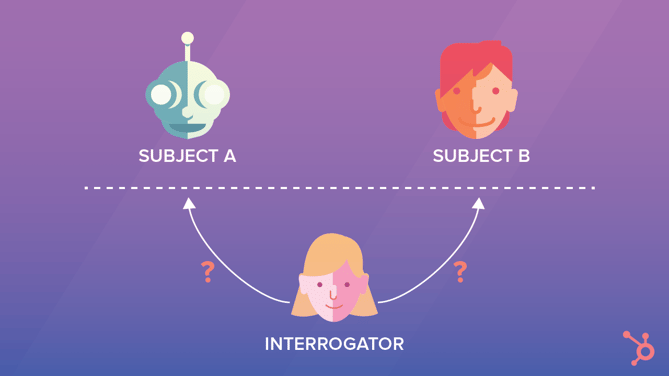
Since the days of Alan Turing, there’s been decades and decades of debate on if his test really is an accurate method for identifying artificial intelligence. However, the sentiment behind the idea remains: As AI gains traction, will we be able to tell the difference between human and machine? And if AI is already transforming the way we want customer service, how else could it change our jobs as marketers?
Why Artificial Intelligence Matters for Marketers
As Turing predicted, the concepts behind AI are often hard to grasp, and sometimes even more difficult recognize in our daily lives. By its very nature, AI is designed to flow seamlessly into the tools you already use to make the tasks you do more accurate or efficient. For example, if you’ve enjoyed Netflix movie suggestions or Spotify’s personalized playlists, you’re already encountering AI.
In fact, in our recent HubSpot Research Report on the adoption of artificial intelligence, we found that 63% of respondents are already using AI without realizing it.
When it comes to marketing, AI is positioned to change nearly every part of marketing -- from our personal productivity to our business’s operations -- over the next few years. Imagine having a to-do list automatically prioritized based on your work habits, or your content personalized based on your target customer writes on social media. These examples are just the beginning of how AI will affect the way marketers work.
No matter how much AI changes our job, we’re not all called to be expert computer scientists. However, it’s still crucial to have a basic understanding how AI works, if only to get a glimpse of the possibilities with this type of technology and to see how it could make you a more efficient, more data-driven marketer.
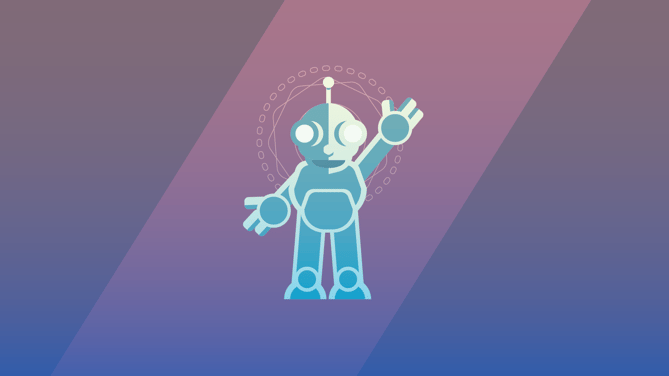
Below we’ll break down the key terms you’ll need to know to be a successful marketer in an AI world. But first, a disclaimer ...
This isn’t meant to be the ultimate resource of artificial intelligence by any means, nor should any 1,500-word blog post. There remains a lot of disagreement around what people consider AI to be and what it’s not. But we do hope these basic definitions will make AI and its related concepts a little easier to grasp and excite you to learn more about the future of marketing.
13 Artificial Intelligence Terms Marketers Need to Know
Algorithm
An algorithm is a formula that represents the relationship between variables. Social media marketers are likely familiar, as Facebook, Twitter, and Instagram all use algorithms to determine what posts you see in a news feed. SEO marketers focus specifically on search engine algorithms to get their content ranking on the first page of search results. Even your Netflix home page uses an algorithm to suggest new shows based on past behavior.
When you’re talking about artificial intelligence, algorithms are what machine learning programs use to make predictions from the data sets they analyze. For example, if a machine learning program were to analyze the performance of a bunch of Facebook posts, it could create an algorithm to determine which blog titles get the most clicks for future posts.
Artificial Intelligence
In the most general of terms, artificial intelligence refers to an area of computer science that makes machines do things that would require intelligence if done by a human. This includes tasks such as learning, seeing, talking, socializing, reasoning, or problem solving.
However, it’s not as simple as copying the way the human brain works, neuron by neuron. It’s building flexible computers that can take creative actions that maximize their chances of success to a specific goal.
Bots
Bots (also known as “chatbots” or “chatterbots”) are text-based programs that humans communicate with to automate specific actions or seek information. Generally, they “live” inside of another messaging application, such as Slack, Facebook Messenger, WhatsApp, or Line.
Bots often have a narrow use case because they are programmed to pull from a specific data source, such as a bot that tells you the weather or helps you register to vote. In some cases, they are able to integrate with systems you already use to increase productivity. For example, GrowthBot -- a bot for marketing and sales professionals -- connects with HubSpot, Google Analytics, and more to deliver information on a company’s top-viewed blog post or the PPC keywords a competitor is buying.
Some argue that chatbots don’t qualify as AI because they rely heavily on pre-loaded responses or actions and can’t “think” for themselves. However, others see bots’ ability to understand human language as a basic application of AI.
Cognitive Science
Zoom out from artificial intelligence and you’ve got cognitive science. It’s the interdisciplinary study of the mind and its processes, pulling from the foundations of philosophy, psychology, linguistics, anthropology, and neuroscience.
Artificial intelligence is just one application of cognitive science that looks at how the systems of the mind can be simulated in machines.
Computer Vision
Computer vision is an application of deep learning (see below) that can “understand” digital images.
For humans, of course, understanding images is one of our more basic functions. You see a ball thrown at you and you catch it. But for a computer to see an image and then describe it makes simulating the way the human eye and brain work together pretty complicated. For example, imagine how a self-driving car would need to recognize and respond to stop lights, pedestrians, and other obstructions to be allowed on the road.
However, you don’t have to own a Tesla to experience computer vision. You can put Google’s Quick Draw to the test and see if it recognizes your doodles. Because computer vision uses machine learning that improves over time, you’ll actually help teach the program just by playing.
Data Mining
Data mining is the process of computers discovering patterns within large data sets. For example, an ecommerce company like Amazon could use data mining to analyze customer data and give product suggestions through the “customers who bought this item also bought” box.

Deep Learning
On the far end of the AI spectrum, deep learning is a highly advanced subset of machine learning. It’s unlikely you’ll need to understand the inner workings of deep learning, but know this: Deep learning can find super complex patterns in data sets by using multiple layers of correlations. In the simplest of terms, it does this by mimicking the way neurons are layered in your own brain. That’s why computer scientists refer to this type of machine learning as a “neural network.”
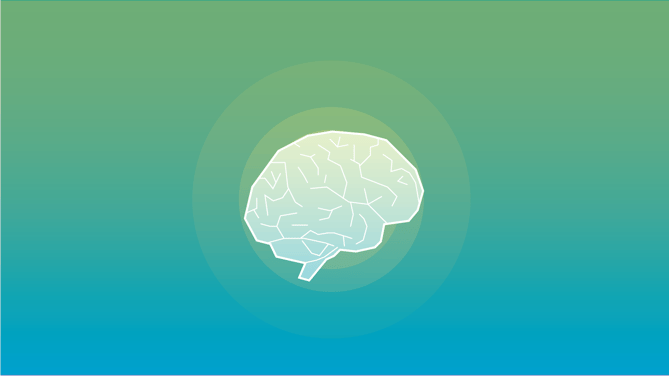
Machine Learning
Of all the subdisciplines of AI, some of the most exciting advances have been made within machine learning. In short, machine learning is the ability for a program to absorb huge amounts of data and create predictive algorithms.
If you’ve ever heard that AI allows computers to learn over time, you were likely learning about machine learning. Programs with machine learning discover patterns in data sets that help them achieve a goal. As they analyze more data, they adjust their behavior to reach their goal more efficiently.
That data could be anything: a marketing software full of email open rates or a database of baseball batting averages. Because machine learning gives computers to learn without being explicitly programmed (like most bots), they are often described as being able to learn like a young child does: by experience.
Natural Language Processing
Natural language processing (NLS) can make bots a bit more sophisticated by enabling them to understand text or voice commands. For example, when you talk to Siri, she’s transposing your voice into text, conducting the query via a search engine, and responding back in human syntax.
On a basic level, spell check in a Word document or translation services on Google are both examples of NLS. More advanced applications of NLS can learn to pick up on humor or emotion.
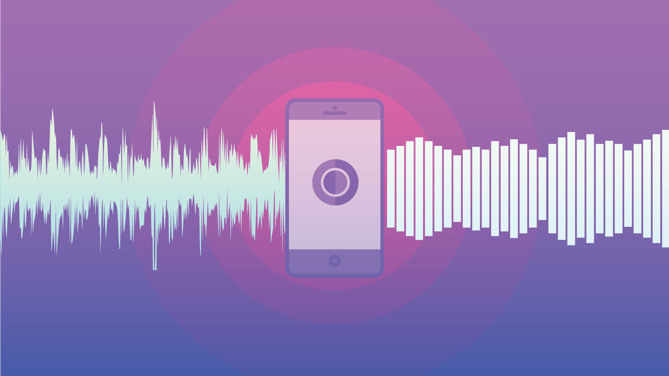
Semantic Analysis
Semantic analysis is, first and foremost, a linguistics term that deals with process of stringing together phrases, clauses, sentences, and paragraphs into coherent writing. But it also refers to building language in the context of culture.
So, if a machine that has natural language processing capabilities can also use semantic analysis, that likely means it can understand human language and pick up on the contextual cues needed to understand idioms, metaphors, and other figures of speech. As AI-powered marketing applications advance in areas like content automation, you can imagine the usefulness of semantic analysis to craft blog posts and ebooks that are indistinguishable than that of a content marketer.
Supervised Learning
Supervised learning is a type of machine learning in which humans input specific data sets and supervise much of the process, hence the name. In supervised learning, the sample data is labeled and the machine learning program is given a clear outcome to work toward.
Training Data
In machine learning, the training data is the data initially given to the program to “learn” and identify patterns. Afterwards, more test data sets are given to the machine learning program to check the patterns for accuracy.
Unsupervised Learning
Unsupervised learning is another type of machine learning that uses very little to no human involvement. The machine learning program is left to find patterns and draw conclusions on its own.
Have an artificial intelligence definition to add? Let us know in the comment below.
from HubSpot Marketing Blog https://blog.hubspot.com/marketing/artificial-intelligence-glossary-marketers
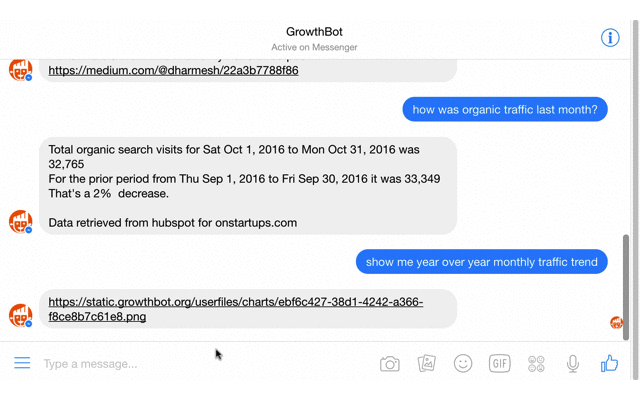
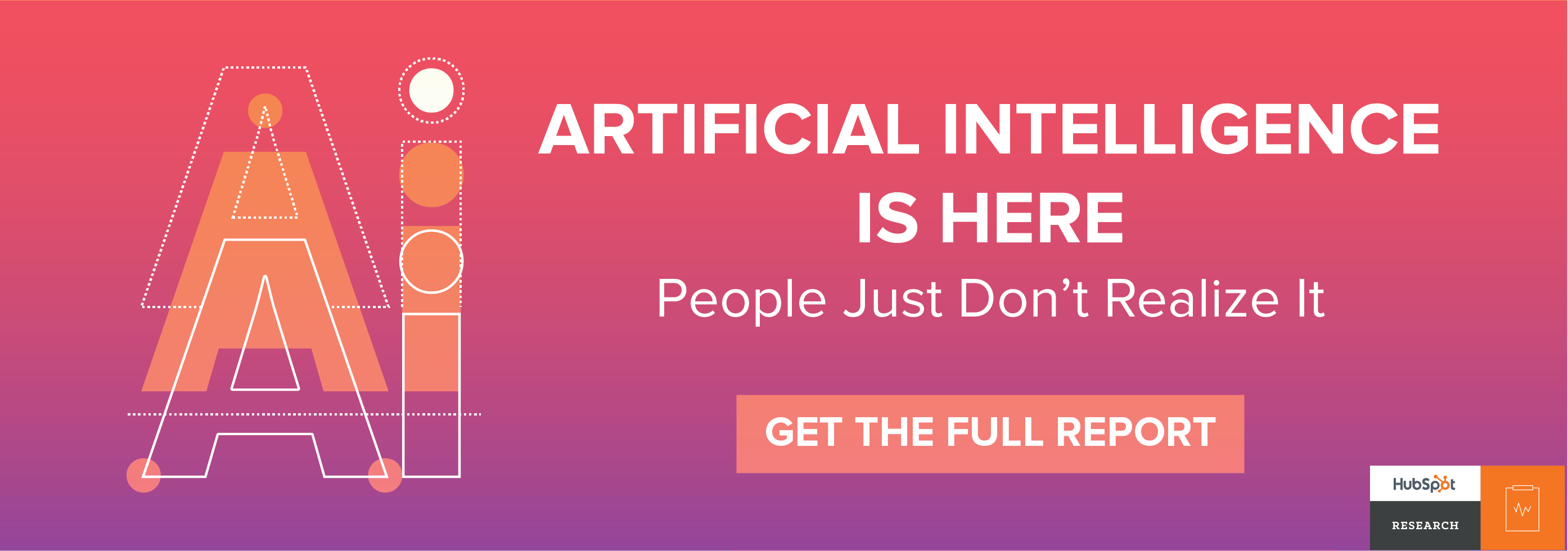
No comments:
Post a Comment